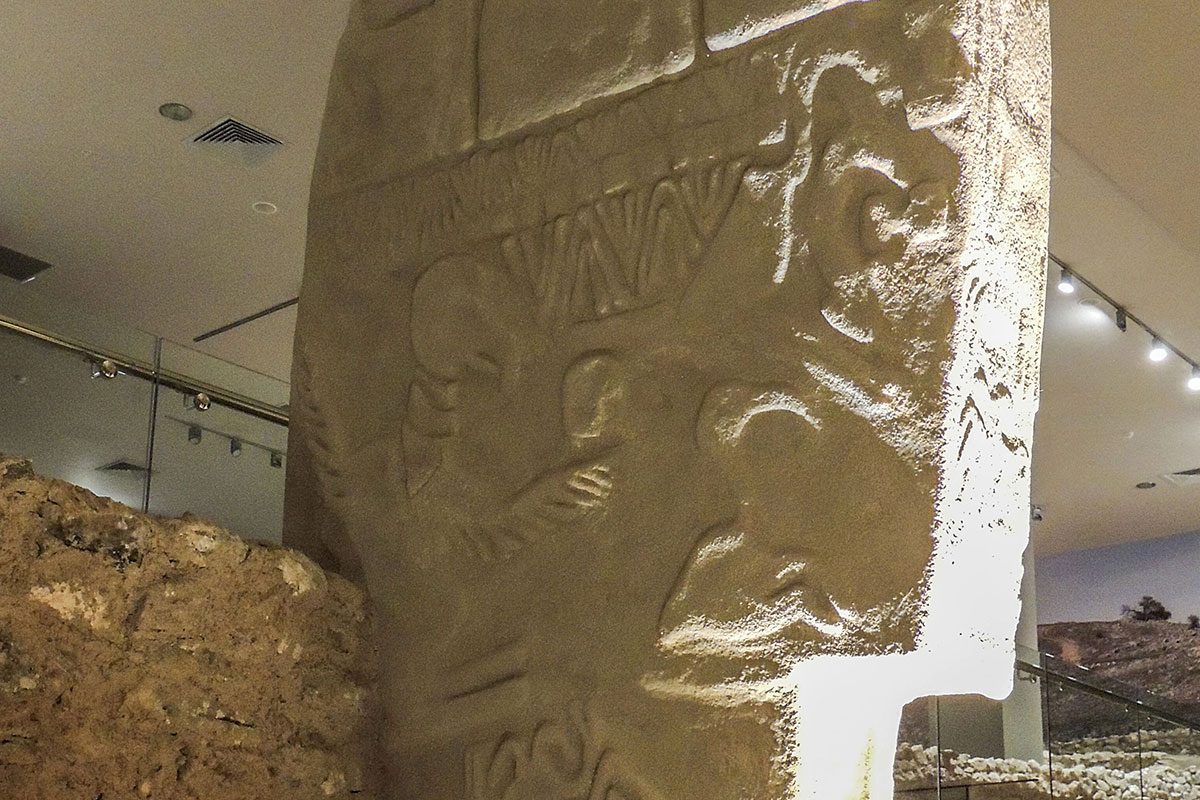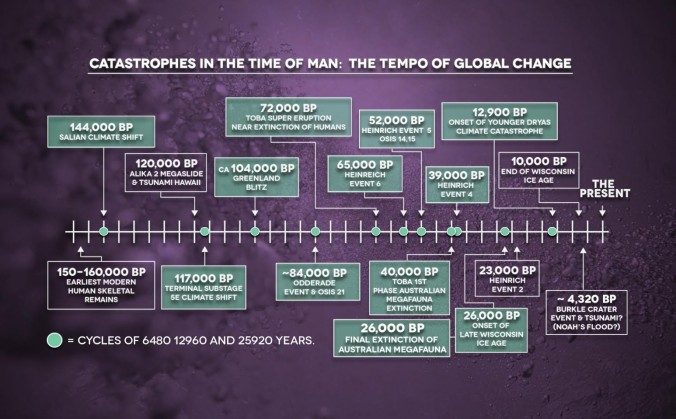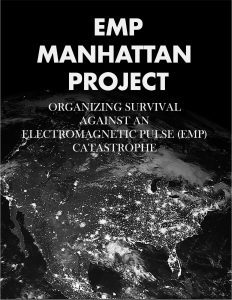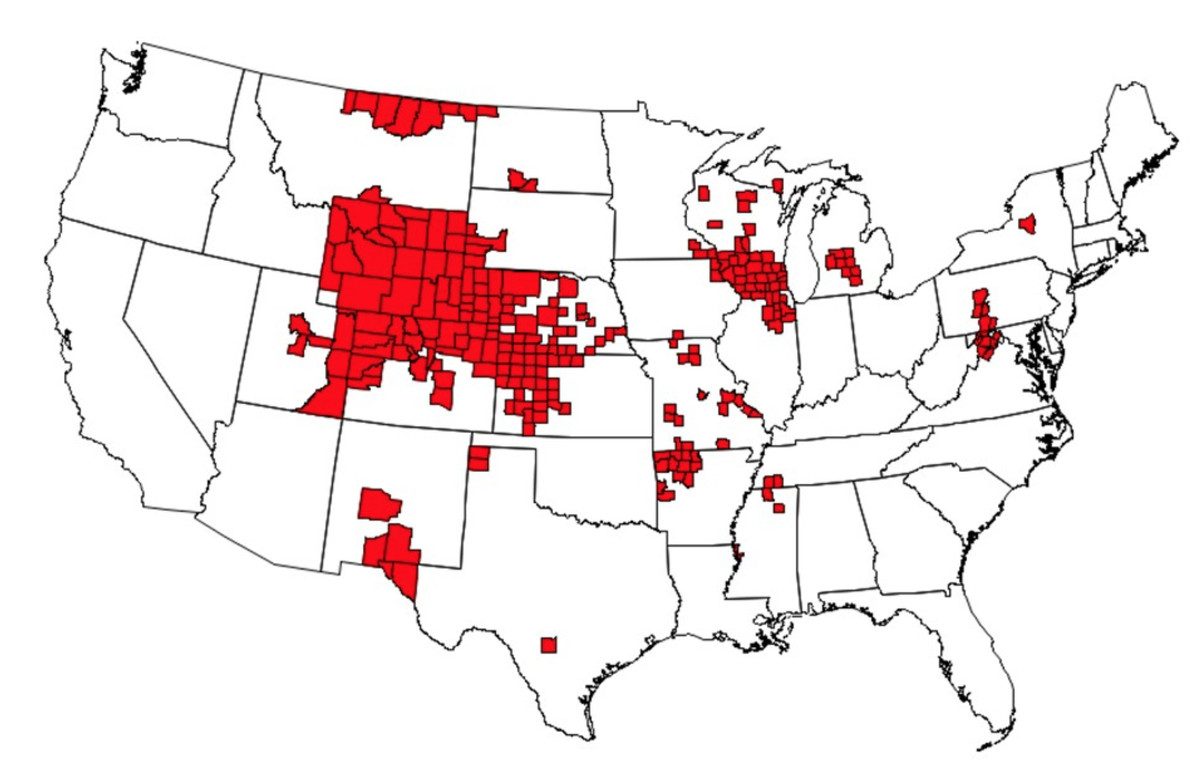Officially known as chronic wasting disease, the illness is spread in deer, elk, and moose by prions, zombie-like pathogens that aren’t alive and can’t be killed.
Getty Images
A mad cow-like infectious disease that can turn the brains of deer, elk, and moose into “Swiss cheese” is
spreading in at least 24 states — and some
experts are warning that it could eventually make its way into humans.
Known as chronic wasting disease, the fatal progressive neurodegenerative illness was first identified in the 1960s. Like mad cow, the disease is spread by prions, the zombie-like pathogenic proteins that aren’t alive and can’t be killed. When they infect an animal, they eat away at its brain, causing a cascade of symptoms that resemble dementia and eventually lead to death. While the disease is still rare, researchers believe it’s more widespread than ever due, in part, to how humans trade deer and other hoofed mammals.
“What we’ve seen over the last few decades is that it’s slowly spreading in wild deer populations,” said
Peter Larsen, an assistant professor in veterinary sciences at the University of Minnesota who has been studying the pathogen. It’s also spreading among captive deer, elk, and reindeer, which are transported around the country and overseas to hunting ranches, petting zoos, and Christmas-themed farms. That’s how the disease ended up in South Korea, Larsen said. (It’s been identified in Canada and Norway, too.)
When new outbreaks start, they are virtually impossible to contain because, unlike viruses and bacteria, prions can’t be killed. There’s also no good way to find them. So we’re talking about an indestructible, killer pathogen that could be lurking anywhere.
Researchers have long wondered whether the disease, like mad cow, can make the leap into humans. (Mad cow in people is known as
Variant Creutzfeldt-Jakob disease.) Late last summer, we got a preliminary and frightening answer. In a paper published in the journal
Emerging Infectious Diseases, researchers from Scotland and Canada showed via an experiment in a petri dish that prions from sick animals can indeed infect human cells.
Since then, there’s been no direct evidence of human disease, even in
people who ate meat that later tested positive for the pathogenic prions. Still, the experimental research spurred Michael Osterholm, director of the Center for Infectious Disease Research and Policy at the University of Minnesota, to
compare chronic wasting disease to mad cow recently.
Osterholm, it turns out, also warned the British government of the risks of mad cow before hundreds of people were infected in the UK and around the world in the late 1990s. Sitting before a state committee in Minnesota on
February 7, he called the chances of humans becoming infected with chronic wasting disease “probable” and “possible,” adding: “The number of human cases will be substantial and not isolated events.”
“We don’t want to find out 10 years from now,” Osterholm told Vox, “that we should have been doing something in 2019 but didn’t.”
According to Larsen, it’s not time to freak out, but he warned that this is a growing public health threat. People should not consume infected meat, he said, while also noting there’s actually no good way to know if meat is infected. “There is currently no way for people to rapidly test for prions in meat, on meat processing surfaces, or in live deer,” he said.
Let’s walk through what we know about this emerging infectious disease.
1) What is “zombie deer disease”?
Scientists don’t know where the name “zombie deer disease” emerged. Instead, they refer to
chronic wasting disease, a fatal progressive neurodegenerative illness believed to affect deer, elk, reindeer, and moose. It was discovered in
farmed deer in Colorado in the 1960s, and it’s been intriguing scientists ever since.
The disease is caused by
prions, which are not viruses or bacteria. Prions are almost indestructible
pathogenic proteins that trigger cells, particularly in the brain and spinal cord, to fold abnormally and start clumping. When that happens, the infected animals begin to develop an array of awful symptoms — dementia, hallucinations, and difficulty walking and eating. The animals eventually become wobbly and disoriented. Those symptoms worsen over time, and since there’s no cure, they always lead to death.
animal with chronic wasting disease can spread prions to other animals through direct or indirect contact with bodily fluids such as feces, saliva, blood, or urine. That means that the disease can spread if an infected deer is wounded, for example, and its blood touches an uninfected animal; or if a healthy animal comes into contact with soil, food, or water that’s been contaminated by a sick deer.
That’s not all, Larsen said. Because prions are so robust, they can survive in environments — farms, forests — for years, decades even. “So let’s say you have a deer with chronic wasting disease, and it started shedding [prions] in its urine, feces, saliva.” If that deer dies on the forest floor, the prions can survive and bind to soil, where plants soak them up. Those plants can then spread prions through their leaves, Larsen said.
“So it’s spreading in the wild, slowly. And every year, we see more and more cases of chronic wasting disease.”
3) How would it spread to people?
There have been no documented cases of chronic wasting disease in people, but researchers think it’s possible and becoming more likely, as infections become more prevalent in animals.
So far, the only evidence scientists have of spread beyond hoofed mammals, like deer, is indirect. In lab experiments, scientists have shown that the disease can spread in squirrel monkeys and mice that carry human genes, the
Centers for Disease Control and Prevention says. In a
yet-to-be-published study, macaques — a primate species that’s genetically similar to humans — that were fed infected meat contracted the disease.
“
Experiments are [also] being performed where researchers take environmental samples, like rocks or pieces of wood, that have [pathogenic] prions on them,” said Larsen. “They then place these contaminated objects in cages with transgenic hamsters and the hamsters develop the disease.”
In a
recently published study, researchers found that chronic wasting disease prions infected human cells in a petri dish. But there’s another
study tracking people who ate venison that had been exposed to chronic wasting disease in 2005, and so far, they’ve shown no symptoms. It’s possible they were exposed to a less virulent strain of the disease, or that the prions didn’t manage to infect human cells, or that the disease is still incubating in them, Larsen said. “The jury is still out on the dangers of human consumption.”
Even so, the
CDC says the experimental studies “raise the concern that [chronic wasting disease] may pose a risk to people and suggest that it is important to prevent human exposures to [the disease].” The
most likely way this could happen is if a person, such as a hunter, eats contaminated meat.
That brings us to another troubling fact about chronic wasting disease: “With a prion, you can’t [cook it off]. The temperatures needed to destroy it are far beyond what you can cook with,” Larsen said.
The only way to make prions noninfectious is by using
lye, a strong alkaline solution that drastically changes the pH balance, and autoclaving — or pressure-treating them — at 270 degrees Fahrenheit. “Most people don’t have access to this approach,” Larsen said, and “the point is that it’s difficult to manage [infectious] prions in the environment because we don’t know exactly where they lurk.” That brings us to the next problem with this disease.
4) Where is zombie deer disease in the US?
Well, we only know where chronic wasting disease was. Deer can only be diagnosed after they’ve died (researchers need to access tissues that are deep in the animal’s brain, and to test those). But animals can carry the pathogens for years and not show any signs or symptoms. “That deer could go on a 40-mile trip, sprinkling [infected] prions in its feces or urine,” said Larsen. “If we go and say this is a [chronic wasting] deer on this point on the map, what you don’t see on that map is everywhere that deer has been in the last two years.”



 )
)










